Fort Clinch State Park is a historical and natural treasure located on Amelia Island in northeastern Florida, USA. This state park is known for its rich history, well-preserved Civil War-era fort, diverse ecosystems, and beautiful beaches, making it a popular destination for history enthusiasts and outdoor lovers alike.
Fort Clinch State Park holds a unique place in the annals of American history. At its heart lies Fort Clinch, a meticulously restored and preserved 19th-century coastal fort. This imposing structure, constructed during the mid-1800s, played a significant role in the Civil War and provides a captivating window into the past. Visitors can step back in time as they explore its well-preserved grounds, complete with historical reenactments and guided tours. The fort’s military history comes to life through reenactors in period uniforms, firing demonstrations, and engaging tales of the soldiers who once served here. It’s an opportunity to immerse oneself in the challenges and triumphs of a bygone era.
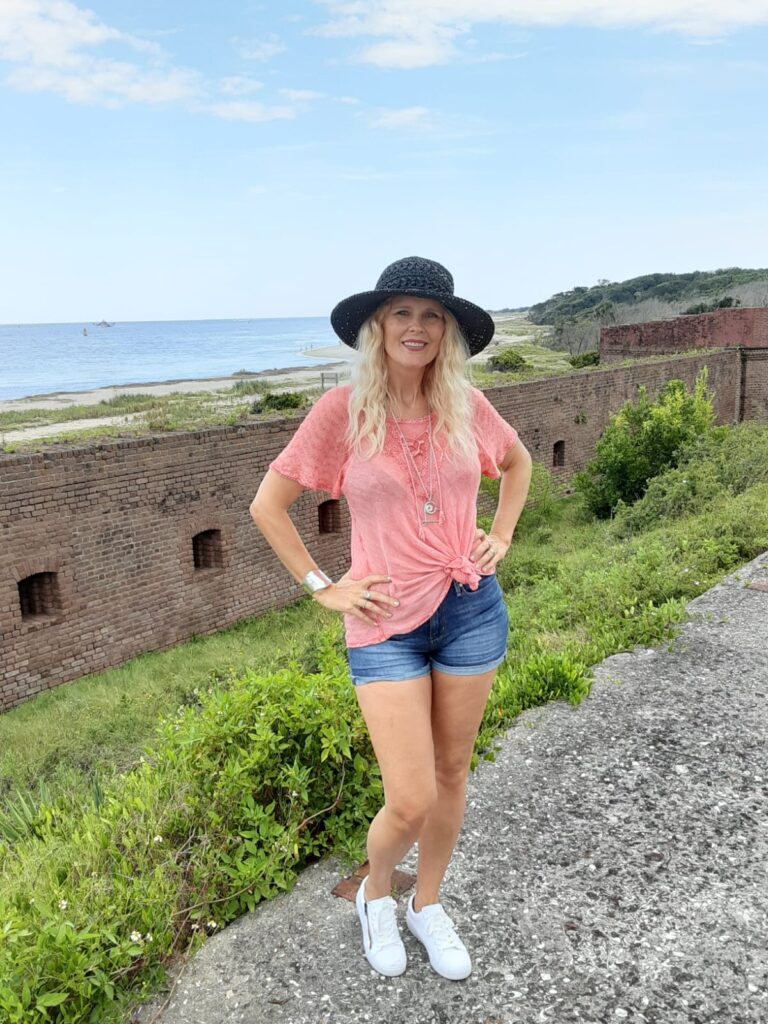
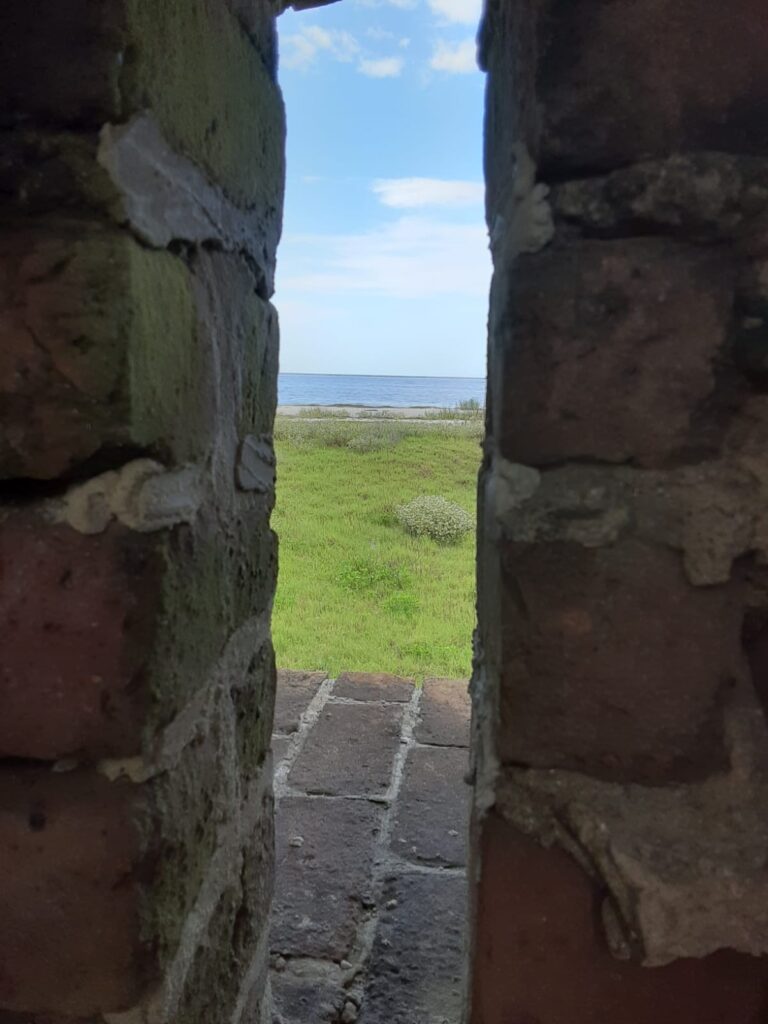
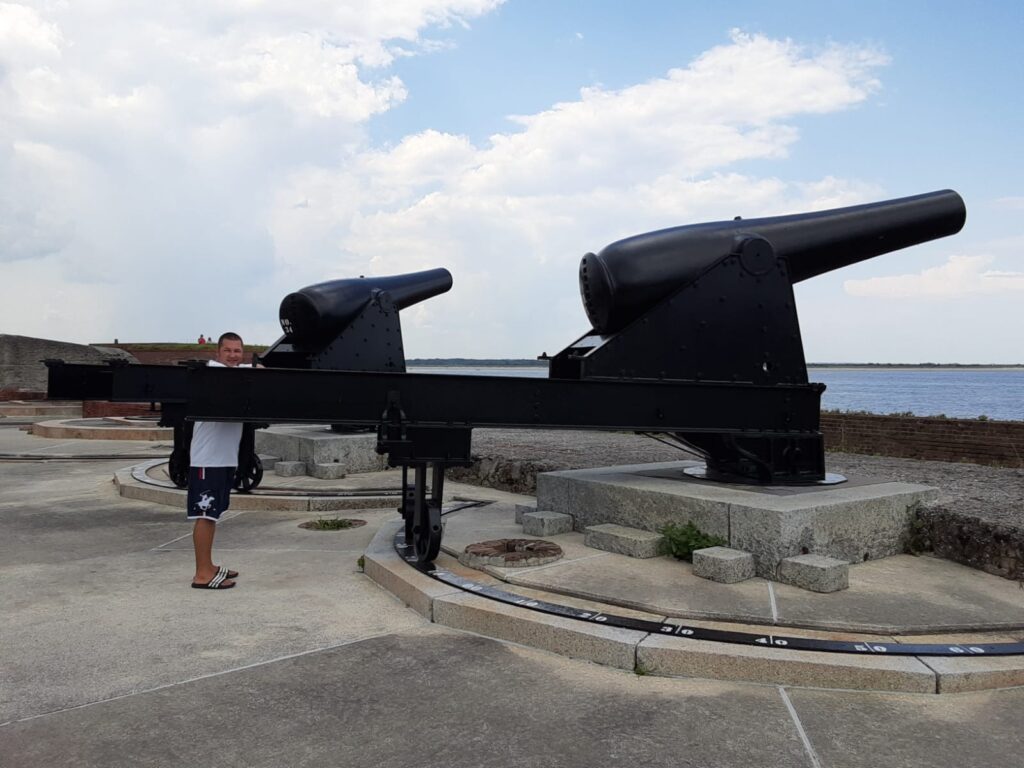
Fort Clinch was constructed during the 1840s, with the initial plans drawn up by Army engineer Lieutenant J.F.K. Mansfield. It was built as part of a coastal defense system, a series of forts constructed along the eastern seaboard of the United States to protect against naval invasions and secure key ports. The choice of a hexagonal layout for Fort Clinch was driven by a keen understanding of defensive strategies. Unlike conventional square or rectangular forts with angular corners vulnerable to attacks, the hexagonal shape offered significant advantages. It allowed for a more even distribution of artillery and firepower across all sides of the fort. This design ensured that Fort Clinch could effectively repel naval threats from multiple directions, making it a formidable stronghold along the coast.
Coquina Rock: Nature’s Defense Mechanism:
Fort Clinch’s construction material, coquina rock, was locally sourced, and its selection was nothing short of ingenious. Coquina is a unique sedimentary rock composed of compressed seashell fragments. What set it apart was its remarkable ability to absorb the impact of cannonballs rather than shattering upon impact. This property made coquina rock an ideal choice for fortifications, as it offered both durability and a natural defense mechanism. The impact resistance of coquina rock added an extra layer of protection to the fort’s high walls. The use of locally quarried coquina rock was not only practical but also a testament to the resourcefulness of the fort’s builders. This material was readily available in the region, and its use reduced construction costs while ensuring the fort’s longevity. The walls of Fort Clinch, constructed from coquina rock, stand as a testament to the enduring durability of this natural material. The construction of Fort Clinch represented a significant engineering achievement of its era. The fort’s hexagonal design showcased a forward-thinking approach to defense, while the use of coquina rock demonstrated an understanding of both the available resources and the need for resilience in the face of potential attacks. The fort’s construction was a collaborative effort that required meticulous planning, skilled labor, and careful execution.
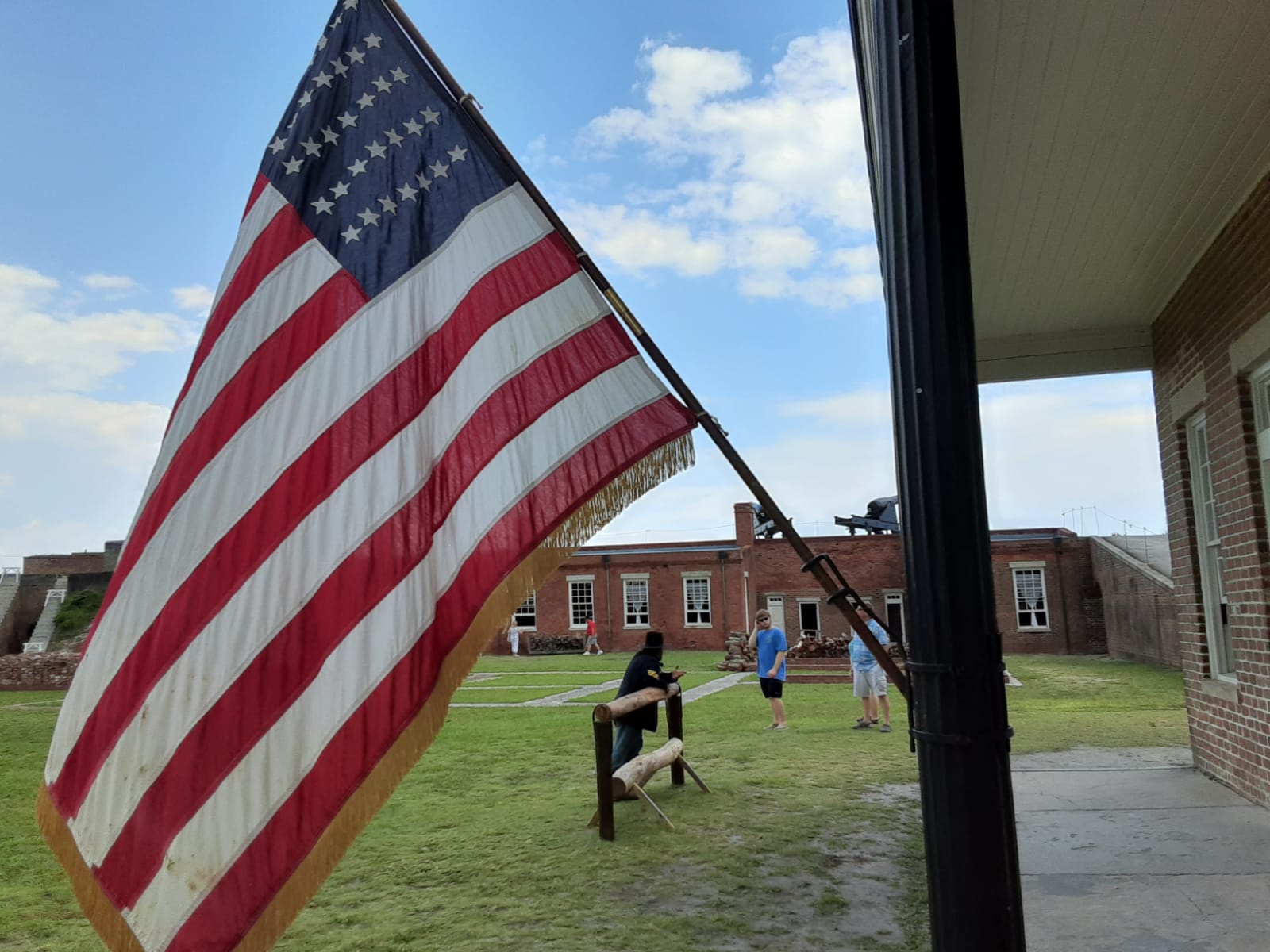
During its active years, Fort Clinch served as a vital military outpost, its garrisoned troops playing a critical role in securing the fort and defending the region’s strategic interests, particularly during the tumultuous period of the Civil War. The garrison at Fort Clinch primarily consisted of U.S. Army troops, and it notably housed the 1st and 3rd Florida Volunteer Infantry regiments during the Civil War. These soldiers were a diverse mix of individuals from various backgrounds, unified by their commitment to duty and the defense of the fort and the Union. A central aspect of the troops’ responsibilities was the operation of the fort’s formidable artillery. Fort Clinch was equipped with a range of cannons and artillery pieces strategically positioned along its ramparts. These cannons were essential for coastal defense, as they could deliver devastating firepower against naval vessels and ground-based threats. The soldiers trained rigorously to efficiently load, aim, and fire these weapons, ensuring the fort’s readiness to repel any potential attackers. The soldiers stationed at Fort Clinch were responsible for maintaining the fort’s defenses, ensuring that its walls, parapets, and structures remained in a state of readiness. This involved regular inspections, repairs, and fortifications to withstand potential assaults. It was a demanding task that required constant vigilance and dedication to preserving the fort’s defensive capabilities. Fort Clinch’s strategic location at the mouth of the St. Marys River made it a linchpin in safeguarding the region’s interests, particularly the port of Fernandina. The presence of Union forces at the fort was instrumental in deterring Confederate naval forces from attempting to recapture Fernandina. Control of the port was of paramount importance during the Civil War, as it served as a vital supply base for the Union forces operating in the Southeast.

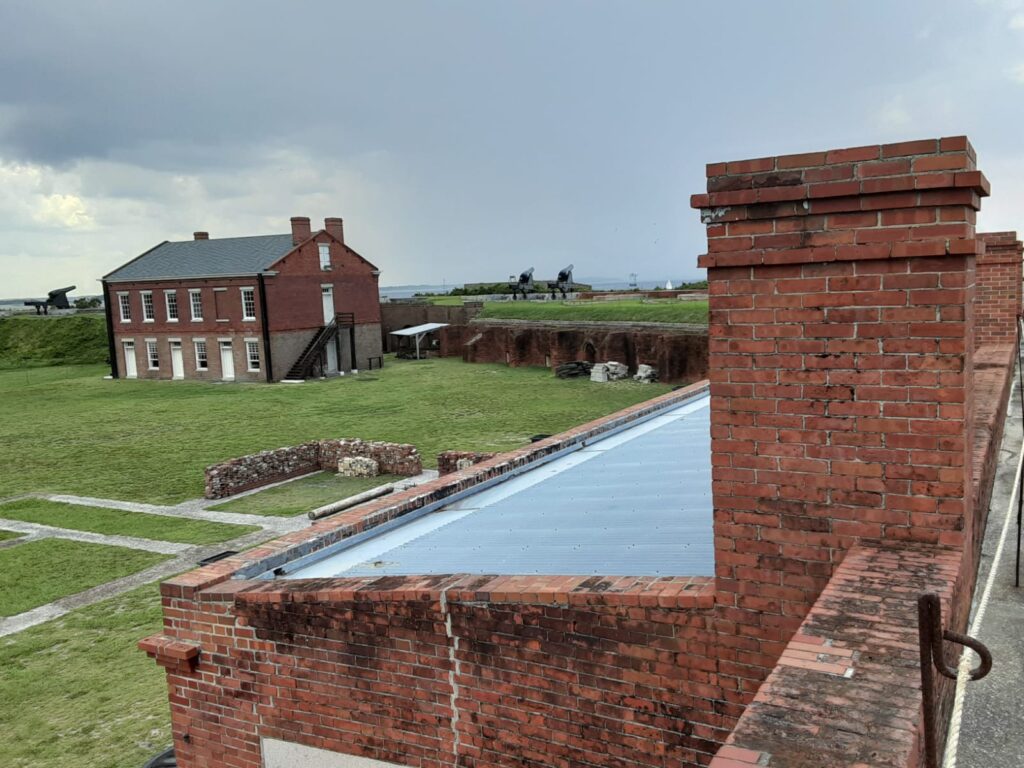
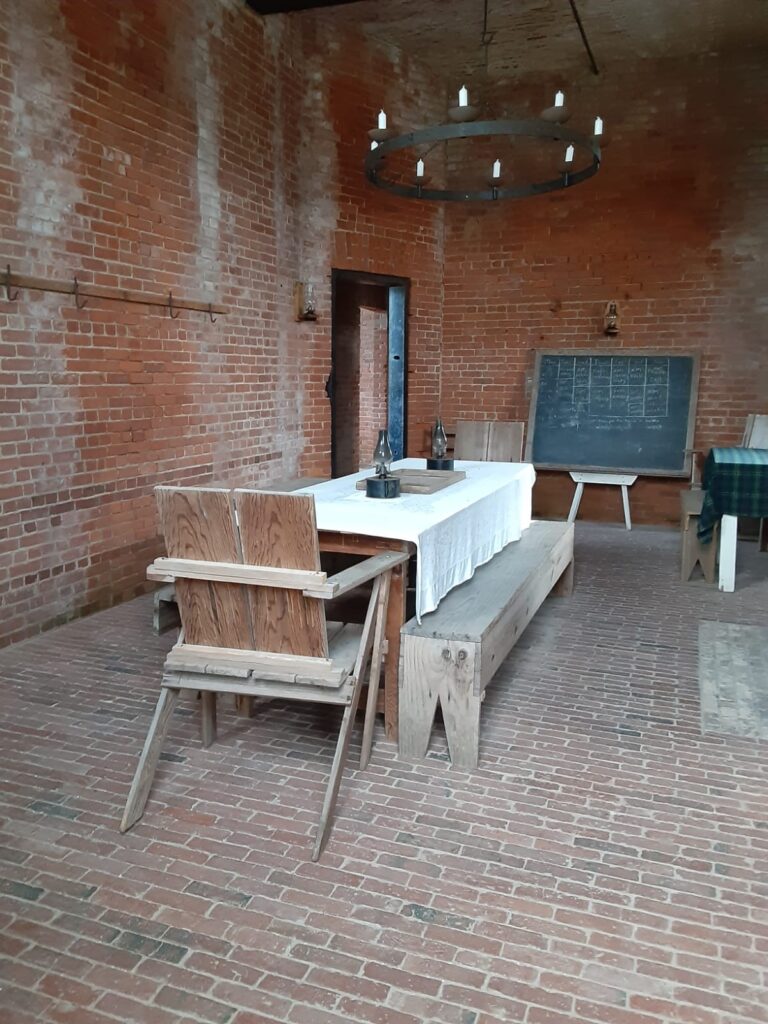
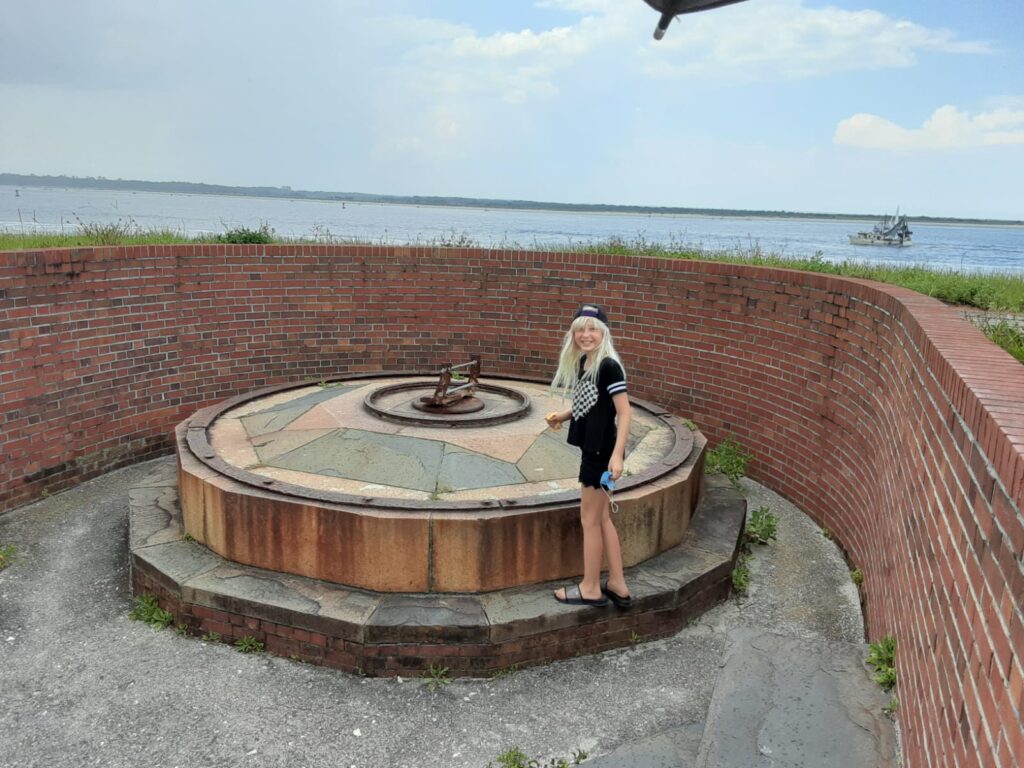
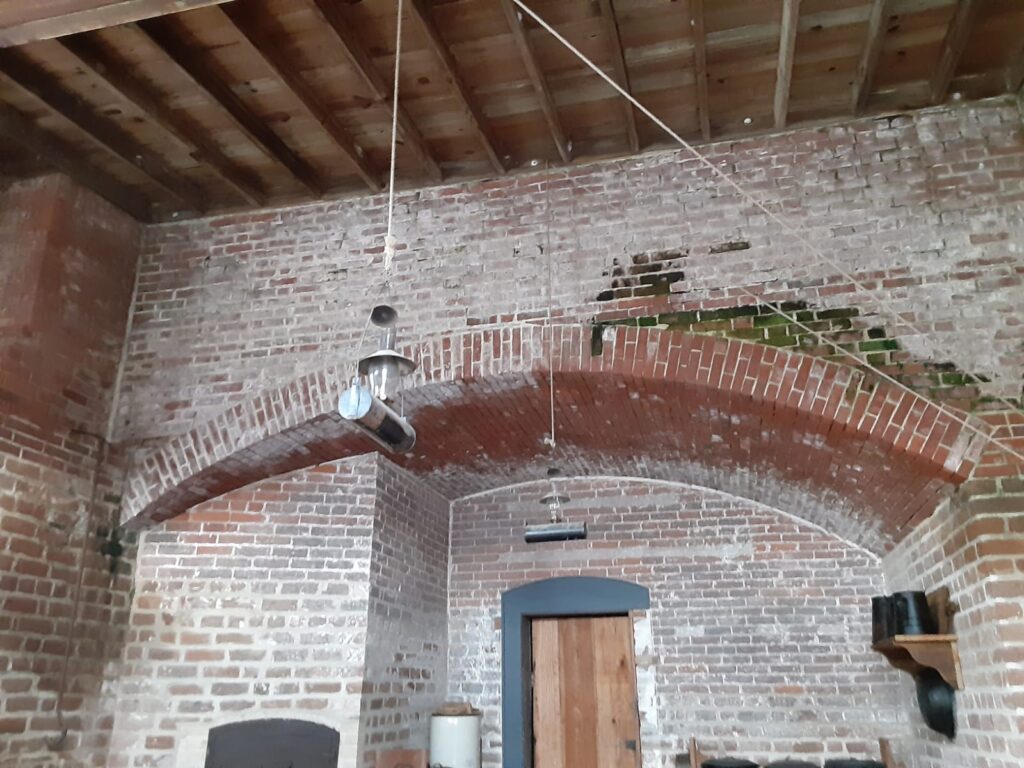
Fort Clinch’s role in the Civil War is a compelling chapter in its history, highlighting its strategic importance as a Union stronghold and its impact on the outcome of the conflict in the region. The early months of 1861 witnessed the deepening divide in the United States, leading to several Southern states, including Florida, seceding from the Union. With Florida’s secession, Confederate forces took control of Fort Clinch, marking a significant shift in the fort’s allegiance. Confederate occupation of the fort was part of a broader effort to secure key coastal positions and resources in the early stages of the Civil War. Fort Clinch’s recapture by Union forces was a pivotal moment in the conflict. In March 1862, Union troops, including the 1st and 3rd Florida Volunteer Infantry regiments, successfully regained control of the fort. This operation was not without its challenges, but the determination of these Union soldiers and their strategic coordination proved decisive. The recapture of Fort Clinch was a testament to the Union’s commitment to maintaining control of key coastal strongholds. One of the most significant consequences of Fort Clinch’s return to Union control was its impact on the strategic port of Fernandina. Fernandina served as a crucial supply base for Union forces operating in the Southeast. By securing Fort Clinch, Union forces effectively safeguarded the strategic interests of the United States, ensuring the uninterrupted flow of supplies to Union troops in the region. This control of Fernandina was vital in maintaining Union dominance along the southeastern coastline. The presence of Union forces at Fort Clinch served as a powerful deterrent against Confederate naval forces attempting to recapture Fernandina or disrupt Union supply lines. The fort’s formidable artillery and strategic positioning made it a challenging target for naval assaults, and Confederate vessels were wary of approaching the well-defended fort. Fort Clinch’s mere presence helped maintain a crucial lifeline for Union troops and materials during the Civil War.
While Fort Clinch did not experience major land-based battles during the Civil War, it played a vital role as a Union stronghold. Its mere presence deterred Confederate naval forces from attempting to recapture Fernandina, which served as a Union supply base. This strategic significance made the fort a linchpin in the Union’s control of the southeastern coastline.
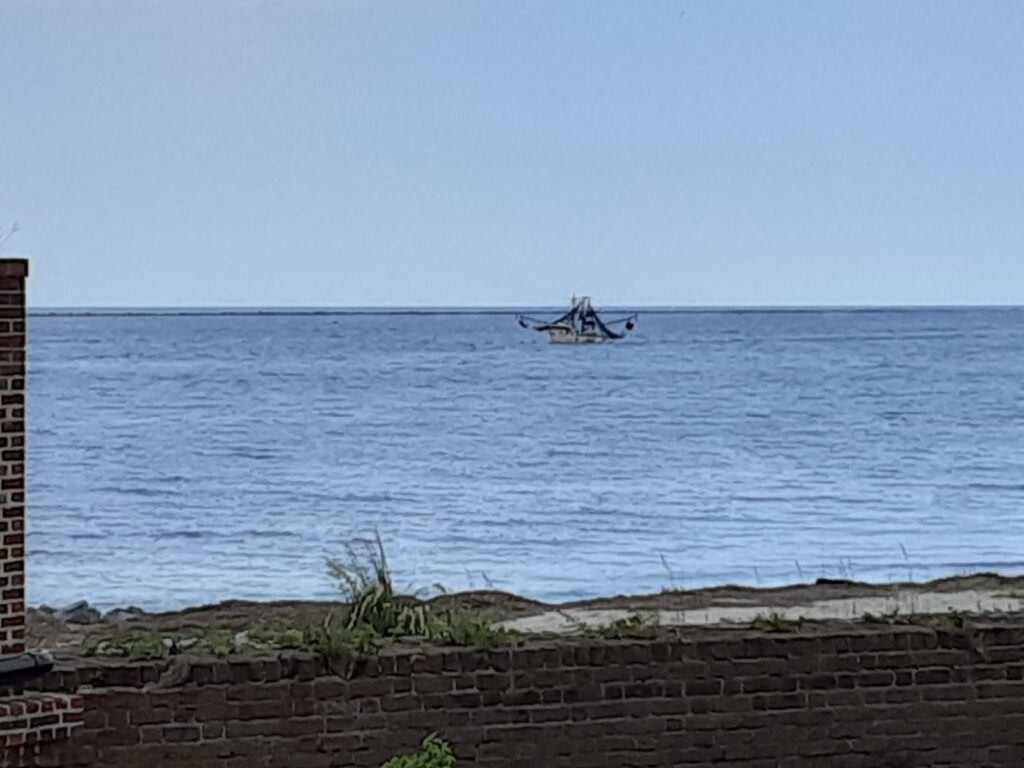
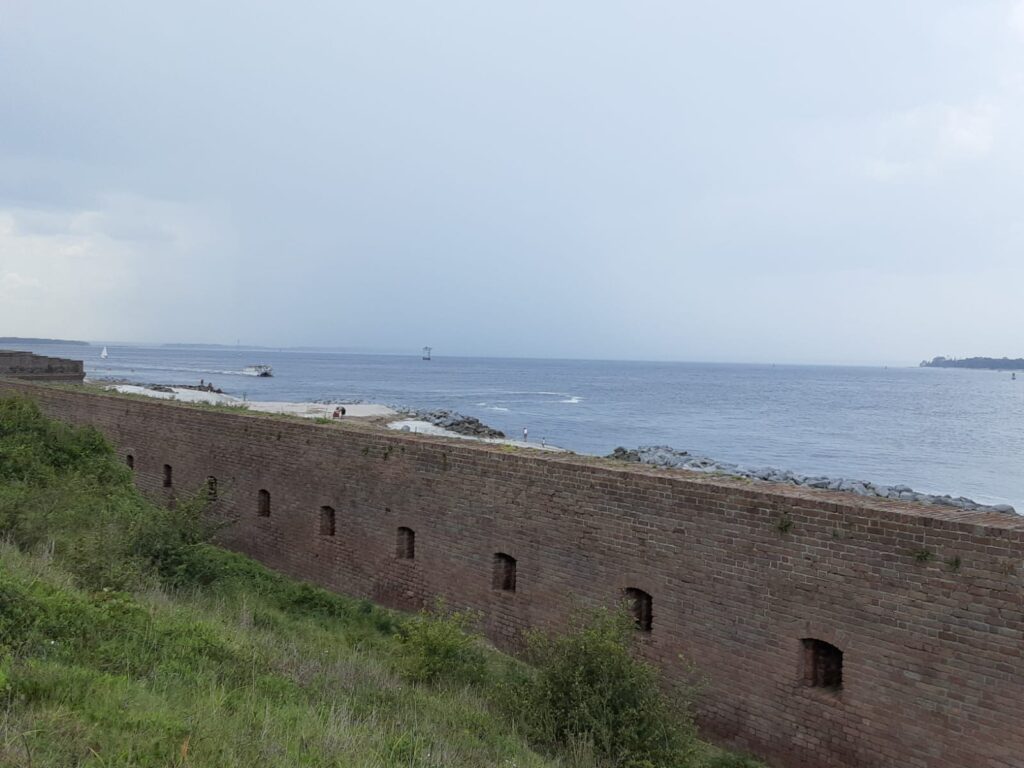
Following the end of the Civil War, Fort Clinch continued to serve as a military post during the Reconstruction Era. However, as the 19th century progressed, technological advancements in artillery made coastal forts like Fort Clinch less relevant for national defense.
Preservation and Restoration:
In the 1930s, during the Great Depression, the Civilian Conservation Corps (CCC) played a crucial role in preserving and restoring Fort Clinch. The CCC’s efforts helped transform the fort into the well-preserved historical attraction that visitors enjoy today.
Today, visitors to Fort Clinch State Park have the opportunity to step back in time by exploring the fort’s well-preserved grounds, complete with period-accurate reenactments and guided tours. The fort’s historical significance and architectural grandeur make it a beloved destination for history enthusiasts, families, and anyone interested in the rich heritage of the region.
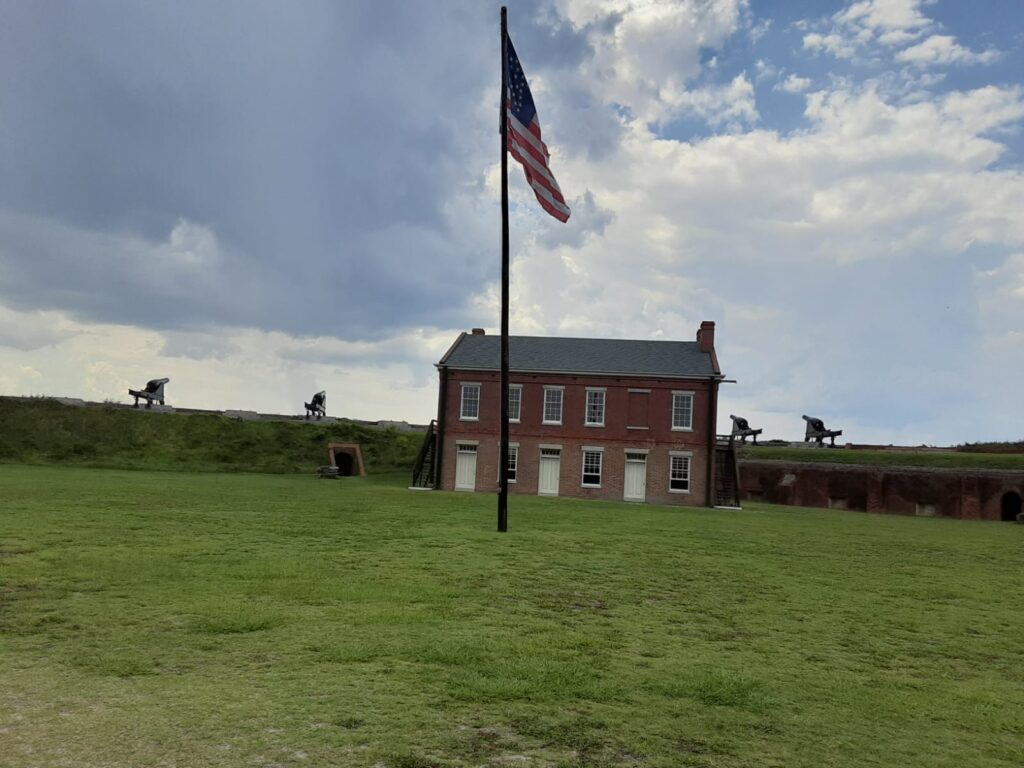
Beyond its historical allure, Fort Clinch State Park offers a wealth of outdoor recreational activities that showcase the natural beauty of the region. The park boasts an extensive network of hiking and biking trails that meander through various ecosystems. Hikers will find themselves surrounded by maritime forests, salt marshes, and coastal hammocks, each with its unique flora and fauna. Birdwatchers are in for a treat, with opportunities to spot ospreys, herons, and a variety of shorebirds. Fishing enthusiasts can cast their lines from the park’s fishing pier, a popular spot to reel in catches of redfish, flounder, and more. The park’s proximity to the Atlantic Ocean makes it a prime location for surf fishing, with the opportunity to catch a wide range of coastal species.
For those seeking an immersive experience in nature, Fort Clinch State Park offers a well-appointed campground. Here, visitors can set up camp amid the serene coastal surroundings, with both tent and RV sites available. The campground provides essential amenities, including restrooms and showers, ensuring a comfortable stay while allowing guests to feel close to nature. It’s an ideal way to spend a night under the stars in this tranquil coastal environment.
Miles of pristine, unspoiled beaches line the Atlantic Ocean side of Fort Clinch State Park. These sandy shores are a haven for beachgoers and nature enthusiasts alike. Visitors can relax on the beach, soak up the sun, or take leisurely walks along the shoreline. Shell collectors will find treasures as they comb the sands for unique shells and other beachcombing delights. The park’s beaches are also a prime spot for swimming and wading, providing a refreshing escape from the Florida heat.
Fort Clinch’s diverse ecosystems make it an exceptional location for wildlife enthusiasts. As you explore the park’s trails, keep an eye out for the resident deer and gopher tortoises that call the maritime forests home. Birdwatchers will be treated to a delightful array of avian species, including nesting ospreys, herons, and migratory birds that frequent the area. With the park’s varied habitats, every hike becomes an opportunity to connect with the local wildlife.
The natural beauty of Fort Clinch State Park is a highlight in itself. Maritime forests, with their towering live oaks and swaying Spanish moss, create a serene and picturesque backdrop for exploration. Salt marshes, with their unique flora and ever-changing water levels, provide a fascinating glimpse into coastal ecosystems. Along the Amelia River, scenic viewpoints offer vistas that stretch as far as the eye can see, inviting contemplation and appreciation of Florida’s coastal grandeur.
For those eager to delve deeper into the park’s natural and historical significance, Fort Clinch offers a range of educational programs and events. Guided nature walks led by knowledgeable park rangers provide insights into the local flora and fauna, as well as the area’s geological and ecological history. Historical demonstrations bring the past to life, with reenactors showcasing period uniforms and weapons. These educational opportunities add layers of understanding to the visitor’s experience, making a trip to Fort Clinch State Park not just a recreational outing but a chance to learn and appreciate the region’s heritage and ecology.
In summary, Fort Clinch State Park is a multifaceted destination that seamlessly blends historical exploration, outdoor adventure, and a deep connection with nature. Whether you’re delving into the fort’s storied past, hiking through diverse ecosystems, or simply relaxing on the pristine beaches, this park offers an enriching and immersive experience for visitors of all ages and interests. It’s a place where history meets nature, creating an unforgettable journey through the diverse landscapes and historical chapters of northeastern Florida.






